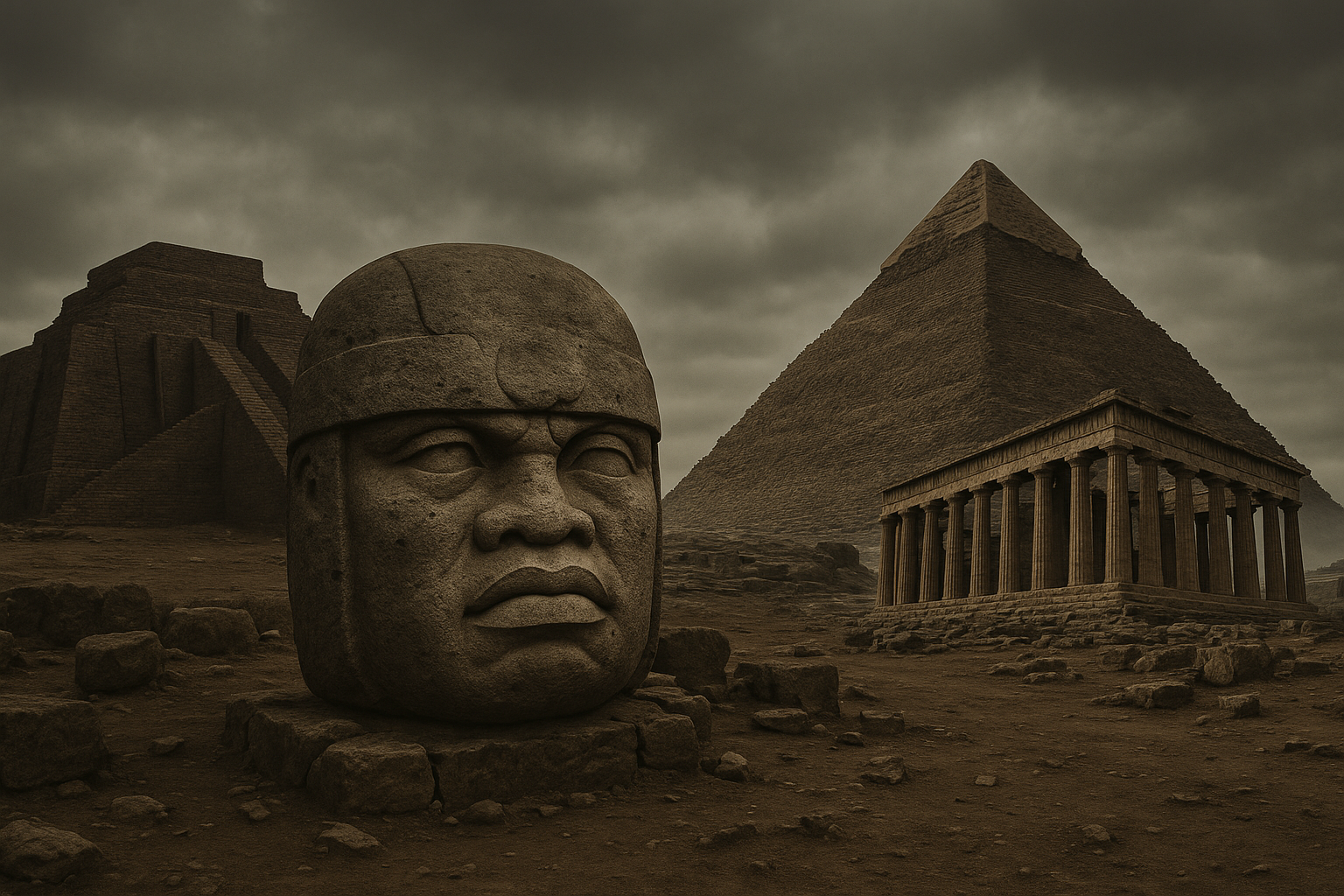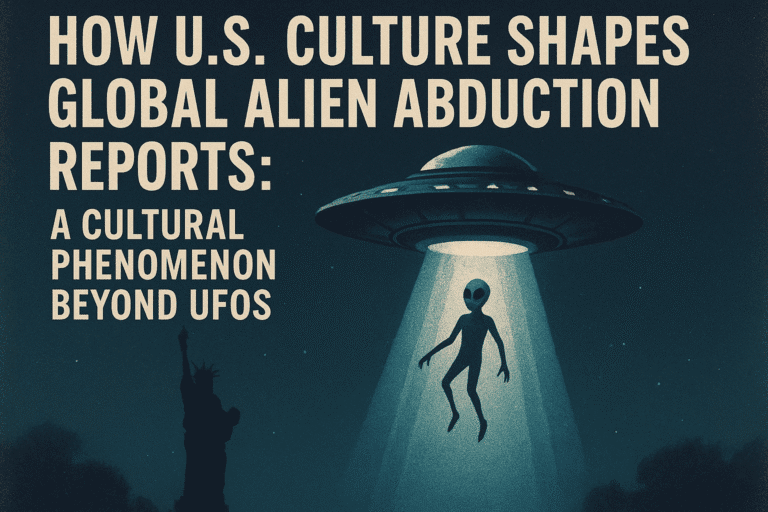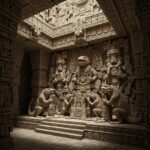This website is in the works! Things will get fixed with time.
Throughout history, archaeologists and historians have pieced together the story of humanity’s past based on artifacts, ruins, and ancient texts. Mainstream history paints a picture of gradual human progress, from primitive hunter-gatherers to advanced civilizations such as Mesopotamia, Egypt, and the Indus Valley, followed by classical empires and modern societies. However, there are a number of fascinating Throughout human history, the story of our origins and early development has largely been shaped by mainstream archaeology and history. According to conventional accounts, civilization arose gradually, beginning with small hunter-gatherer groups who slowly developed agriculture, metallurgy, and writing systems. Great ancient civilizations such as Mesopotamia, Egypt, and the Indus Valley emerged only within the last 6,000 years.
However, numerous discoveries and research challenge this neat timeline. Across the globe, there are sites, artifacts, and geological evidence suggesting the existence of advanced civilizations far earlier than mainstream history acknowledges. These findings raise profound questions: Did sophisticated human cultures exist tens of thousands of years ago? Could knowledge and technology have been lost and rediscovered multiple times in human history?
This article explores some of the most fascinating examples of ancient civilizations and mysteries that defy mainstream historical narratives. Drawing from notable research and influential books in forbidden archaeology, we’ll uncover the mysteries that challenge what we think we know about our past.
The Astonishing Discovery of Göbekli Tepe
One of the most groundbreaking archaeological sites in recent history is Göbekli Tepe, located in southeastern Turkey. Excavations since the 1990s have revealed a complex of massive stone circles, some weighing up to 20 tons, intricately carved with depictions of animals and abstract symbols. Radiocarbon dating places its construction around 9600 BCE, making it over 11,000 years old—predating the invention of agriculture and permanent settlements.
Göbekli Tepe completely upends the traditional view that complex monuments and social hierarchies emerged only after farming allowed people to settle. Instead, it suggests that large groups of hunter-gatherers were capable of remarkable feats of architecture and cooperation.
In Forbidden Archaeology, Michael Cremo highlights Göbekli Tepe as a prime example of evidence ignored or minimized by mainstream academia because it contradicts entrenched evolutionary timelines. The site forces scholars to reconsider how, when, and why human civilization began.
The Enigma of the Great Sphinx: A Monument Older Than Egypt?
The Great Sphinx of Giza is one of the most iconic monuments in the world. Traditionally, Egyptologists date its construction to about 2500 BCE during the reign of Pharaoh Khafre. However, not all agree with this timeline.
Geologist Robert Schoch conducted extensive studies of erosion patterns on the Sphinx and surrounding enclosure, concluding that the weathering was caused primarily by heavy rainfall rather than wind and sand. Egypt’s climate has been arid for roughly the last 4,000 years, meaning this erosion likely occurred much earlier, possibly 7000 BCE or before.
If Schoch’s theory is correct, it implies the Sphinx predates known Egyptian dynasties by thousands of years and may be a relic of a lost civilization with advanced architectural knowledge. This idea is elaborated in his book The Sphinx Mystery and echoed by Graham Hancock in Fingerprints of the Gods.
Such claims challenge the orthodox chronology and suggest that early human civilizations with advanced skills existed well before the accepted “dawn of civilization.”
Ancient Egypt and Mesopotamia: Centers of Lost Knowledge?
Ancient Egypt and Mesopotamia are rightly celebrated as cradles of human civilization, producing writing systems, monumental architecture, and early states. However, some elements within their achievements appear astonishingly advanced for their time.
The Great Pyramid of Giza aligns almost perfectly with true north and is thought to incorporate advanced knowledge of geometry and astronomy. Similarly, the Rhind Mathematical Papyrus reveals sophisticated mathematical concepts. Medical papyri describe complex surgical procedures and pharmacology.
Some theorists, like Erich von Däniken in Chariots of the Gods, suggest that such advanced knowledge might have come from non-human sources or lost civilizations predating Egypt. While controversial and largely rejected by academics, these ideas fuel ongoing debate about the origins of ancient knowledge.
Atlantis: Myth or Forgotten Civilization?
The legend of Atlantis, described by Plato around 360 BCE, tells of a vast and advanced island civilization that sank beneath the ocean in a catastrophic event. Many consider it pure mythology, but researchers like Graham Hancock argue that Atlantis might be based on a real place and event.
In Fingerprints of the Gods, Hancock marshals geological and archaeological evidence to propose that a highly advanced civilization existed around 10,000 BCE but was wiped out by rising sea levels at the end of the last Ice Age. Remnants of this civilization, he suggests, influenced subsequent cultures such as the Egyptians and Sumerians.
Whether Atlantis was real or symbolic, the story encapsulates the idea that human history might be far older and more complex than traditionally believed.
Out-of-Place Artifacts (OOPArts): Challenging Timelines
A particularly puzzling aspect of forbidden archaeology is the discovery of Out-of-Place Artifacts (OOPArts)—objects found in geological layers or contexts that suggest advanced technology existed far earlier than assumed.
Some notable examples include:
- The Antikythera Mechanism, an ancient Greek device dated to approximately 100 BCE, which functioned as an astronomical calculator. Its intricate gearing suggests mechanical sophistication unmatched for centuries.
- The Baghdad Battery, a clay jar that may have functioned as a primitive galvanic cell, implying ancient knowledge of electricity.
- The London Hammer, a modern hammer found encased in ancient rock, raising questions about its origin.
Such artifacts hint at the possibility that ancient people possessed or rediscovered advanced technology repeatedly through history.
The Challenge of Paradigm Protection
One reason these discoveries remain controversial is the resistance of mainstream academia to revise established timelines. Michael Cremo’s Forbidden Archaeology describes this as “paradigm protection”—the tendency of scientists to dismiss or suppress anomalous evidence to protect prevailing theories.
This bias can result in valuable data being overlooked or misinterpreted simply because it does not fit the accepted historical narrative. Only by maintaining intellectual openness can researchers hope to uncover a fuller and more accurate history.
Conclusion: The Importance of Open Inquiry
The stories of Göbekli Tepe, the Sphinx, Atlantis, and OOPArts collectively challenge the idea that human civilization began in a linear and straightforward way. Instead, they suggest humanity’s past is richer, deeper, and more mysterious than mainstream history admits.
Embracing alternative perspectives and continuing to investigate these forbidden histories can not only reshape our understanding of the past but also inspire new insights about human potential and resilience.
Evidences:
Göbekli Tepe Archaeological Site
Official site and detailed info from the University of Chicago’s Oriental Institute:
https://oi.uchicago.edu/research/projects/gobekli-tepe
Robert Schoch and The Sphinx Erosion Theory
Learn more about the geological research behind the Sphinx dating controversy:
https://www.robertschoch.com/the-great-sphinx
The Antikythera Mechanism
Smithsonian National Museum of Natural History page on this ancient Greek analog computer:
https://naturalhistory.si.edu/education/teaching-resources/written-bone/antikythera-mechanism
Graham Hancock Official Website
Author of Fingerprints of the Gods, exploring ancient civilizations and mysteries:
https://grahamhancock.com/
Michael Cremo’s Forbidden Archaeology
Learn more about the book and its controversial archaeological theories:
https://www.digilibraries.com/forbidden-archaeology (or link to a reputable book retailer)
Atlantis and Plato’s Dialogues
The text of Plato’s Timaeus and Critias, where Atlantis is first described (Perseus Digital Library):
http://www.perseus.tufts.edu/hopper/text?doc=Perseus:text:1999.01.0172
Erich von Däniken Official Website
Pioneer of ancient astronaut theories, author of Chariots of the Gods:
https://www.erich-von-daeniken.ch/en/








